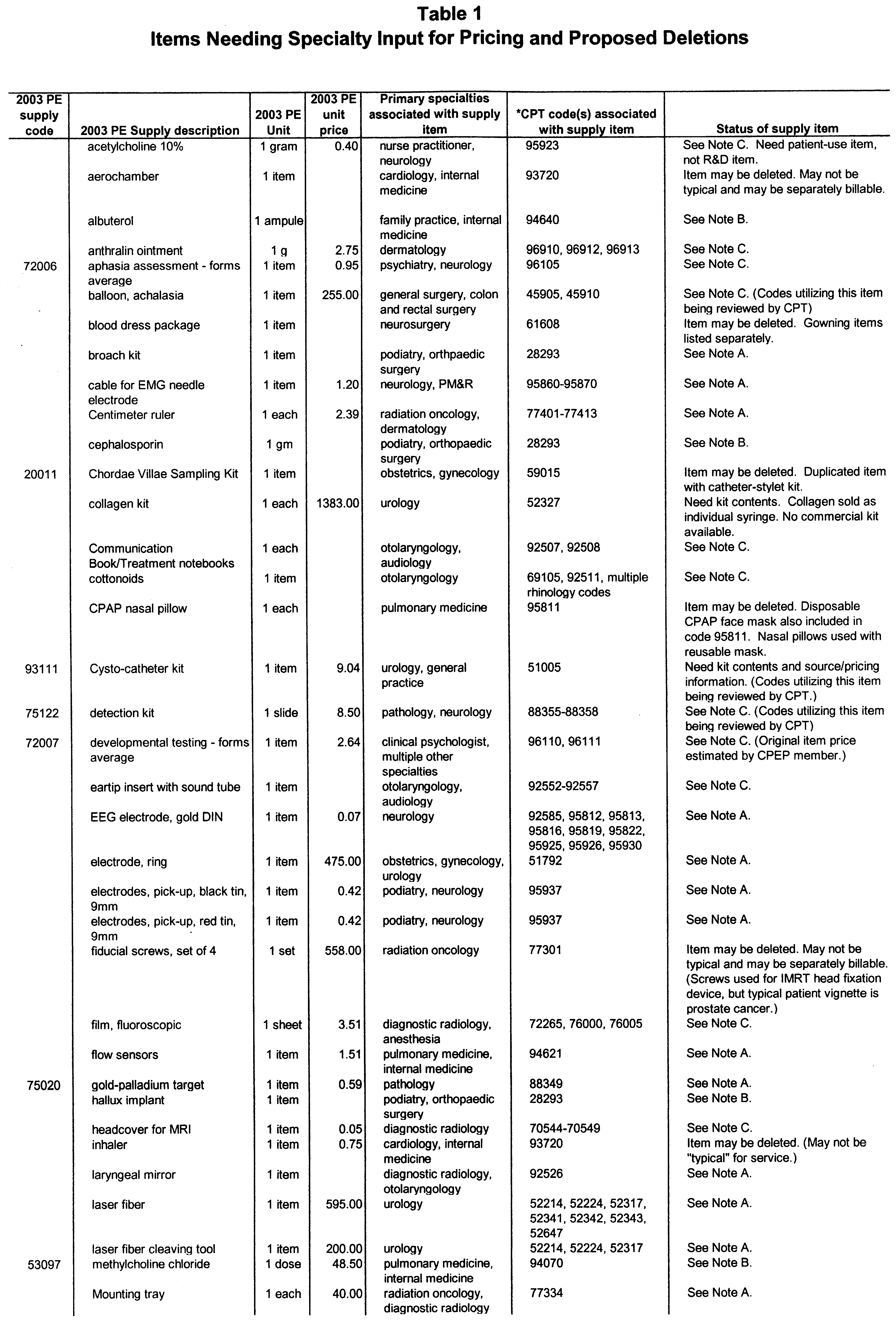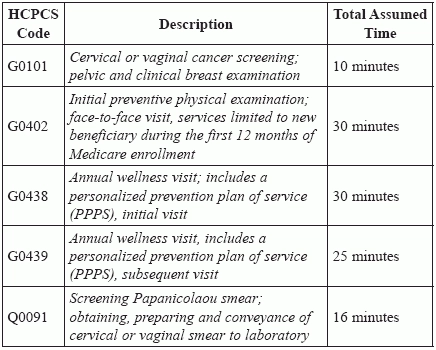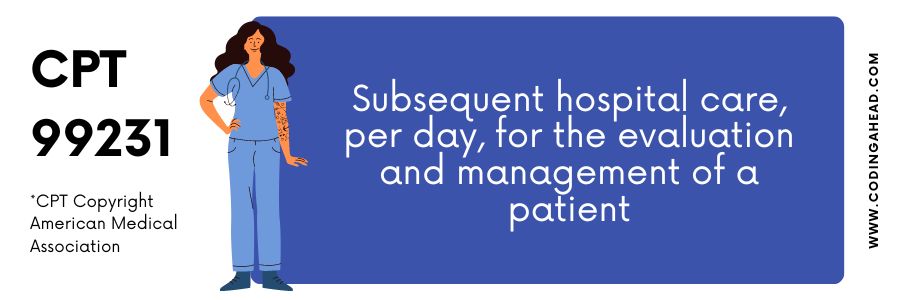CPT Code for Paperwork: What You Need to Know

Introduction to CPT Codes for Paperwork

The Current Procedural Terminology (CPT) codes are essential in the medical billing and coding process, used to classify medical procedures and services for billing purposes. While most are familiar with CPT codes related to medical procedures like surgeries or office visits, there’s another side of this system that often goes unnoticed: CPT codes for paperwork. This post delves into understanding these codes, their significance, and how they apply to the administrative tasks that healthcare providers perform daily.
Understanding CPT Codes

CPT codes are numerical codes assigned by the American Medical Association (AMA) to categorize and identify medical services and procedures. Here’s a brief overview:
- 5-digit codes - Each code represents a specific medical service or procedure.
- Categories - Codes are divided into three categories, with Category I codes being the most common for clinical procedures.
- Updates - Codes are updated annually to keep up with changes in medical practices.
CPT Codes for Paperwork

When it comes to administrative tasks, these often overlooked codes are crucial:
- 99080 - This code is used for special reports, such as insurance forms or government-required reports.
- 99081 - Refers to the handling of telephone calls for patient care coordination.
- 99082 - Used for providing counseling or risk factor reduction intervention by non-physician staff.
- 99083 - Coding for documentation of forms for patients, like disability forms.
- 99401-99404 - Codes for preventive medicine counseling and risk factor reduction.
Why Use CPT Codes for Paperwork?

The use of these codes provides several benefits:
- Accountability - Enables physicians to bill for time and effort spent on paperwork.
- Compliance - Ensures that administrative work adheres to regulatory standards.
- Resource Management - Helps in tracking time and resources spent on non-clinical activities.
The Process of Coding Paperwork

Here are the steps to accurately code paperwork:
- Identify the Service - Determine which service the paperwork relates to.
- Match with CPT Code - Find the appropriate code for the service provided.
- Document and Report - Properly document the service with the corresponding CPT code for billing purposes.
👍 Note: Accurate documentation is key. Make sure each entry aligns with the AMA’s guidelines for CPT coding.
Common Scenarios and Codes

| Scenario | CPT Code |
|---|---|
| Filling out insurance forms or special reports | 99080 |
| Handling telephone calls with patients | 99081 |
| Counseling or risk factor reduction intervention by non-physician staff | 99082 |
| Documentation for disability forms | 99083 |

💡 Note: The codes listed are not exhaustive. Check the latest CPT code set for any new or updated codes.
Challenges in Coding Paperwork

Despite their necessity, coding for paperwork presents several challenges:
- Variability - Services might not always fit perfectly into predefined codes.
- Time Constraint - Administrative tasks can be time-consuming, making precise coding difficult.
- Documentation - Thorough documentation is required for accurate coding, which might not be as comprehensive for paperwork.
Technology and Paperwork Coding

Technology plays a crucial role in managing the complexity of coding paperwork:
- Electronic Health Records (EHRs) - EHRs can automate the coding process for administrative tasks.
- Software Solutions - Specialized billing software can suggest appropriate codes and streamline reporting.
In conclusion, while the focus is often on clinical services, understanding and accurately coding administrative tasks with CPT codes for paperwork is equally important. These codes not only help in billing for the time and effort spent but also ensure compliance with regulatory standards, which can affect both the practice’s finances and patient care quality. By incorporating technology and maintaining precise documentation, healthcare providers can manage the complexities of paperwork coding more effectively, ensuring that the administrative side of medicine is well accounted for.
What are CPT codes?

+
CPT codes are 5-digit numerical codes assigned by the AMA to categorize and identify medical services and procedures for billing purposes.
Why should healthcare providers code paperwork?

+
Coding paperwork ensures that administrative tasks are accounted for, aids in compliance, and provides a method for billing for services rendered.
Are there software solutions to help with paperwork coding?

+
Yes, electronic health records and specialized billing software can assist in suggesting appropriate CPT codes for administrative tasks, reducing errors and improving efficiency.